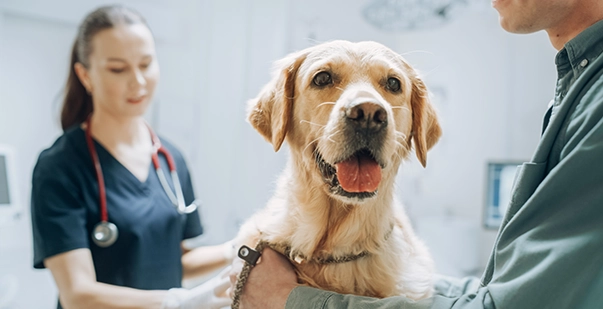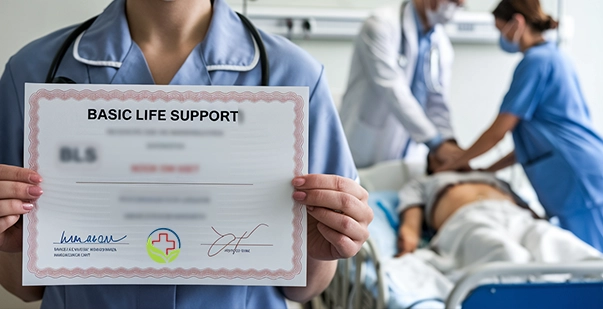Understanding the importance of chest compressions during CPR and how it can be done to save the life of the patient.
The traditional procedure involved during CPR is mouth-to-mouth breathing for rescue purposes. However, most of the time the chest of the patient does not rise at the first mouth to mouth rescue breath. The purpose of this procedure is to open the airway of the patient and force oxygen inside the lungs. Though it sounds easy, sometimes the opening of the airway becomes quite tricky. You can learn the BLS steps for healthcare providers, so you can be useful during emergency situations.
Importance of Chest Compressions
Regardless of whether it is successful for the second time, return to compressing the chest. It is imperative for the blood to move around the body. There’s most likely still a lot of oxygen in the circulatory system. Just chest compressions will get the blood to reach the heart and the brain.
Previously, all the emphasis was conveyed on the mouth to mouth rescue breathing. Nobody gave much attention to whether it’s causing the chest to rise or not. They supposed that if the air is not reaching the lungs, there must be something stuck down the windpipe. Thus, they neglected the chest compression and lost what they could have saved.
Just Two Breaths
Make sure to begin with chest compressions. In case you are performing mouth to mouth, just two breaths are fundamental, regardless of whether it is effective or not. If both of them are successful, fantastic, again start compressing the chest.
On the off chance that the first is successful but the second one is not, continue chest compressions. If both of them are unsuccessful, continue compressing the chest. No matter what occurs following a second breath or another attempt, continue chest compressions. Once you have completed 30 chest compression attempts, give two additional breaths, and do it again.
How to Cope?
Attempt once more. The first step in CPR is not the blowing of air into the patient’s airway. You can only start blowing once you have started to compress the chest of the patient. Furthermore, if you don’t have CPR training, there is no need fora mouth to mouth rescue breathing. Even if you are fine with it, make sure to compress the chest first.
The airway is typically opened by chin-lift, head tilt procedure. The aim is to transfer the air to the lungs by getting the tongue aside. At times it is exceptionally difficult to open the airway along these lines. It can be tricky sometimes even for the EMTs or paramedics. So if you are not successful in the primary attempt, turn the head a little down and raise once more. At that point, attempt another mouth-to-mouth rescue breath.
Steps for Trained in CPR
- Check the heartbeat and breathing of the patient for almost 10 seconds.
- If the pulse is absent, give 30 chest compressions.
- Chin-lift, head-tilt and attempt a breath.
- Attempt another breath.
- Do all the procedures once again.
Easy Steps for Untrained in CPR
- If a heartbeat is absent, a complete100 to 120 chest compressions for every minute unless the help arrives.
- Try not to stress over mouth to mouth.
Register today to sharpen your CPR skills and consider BLS for healthcare providers.










